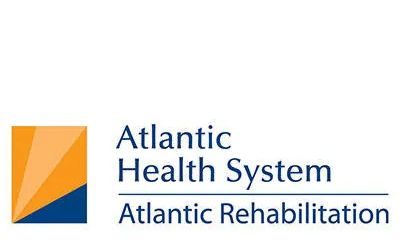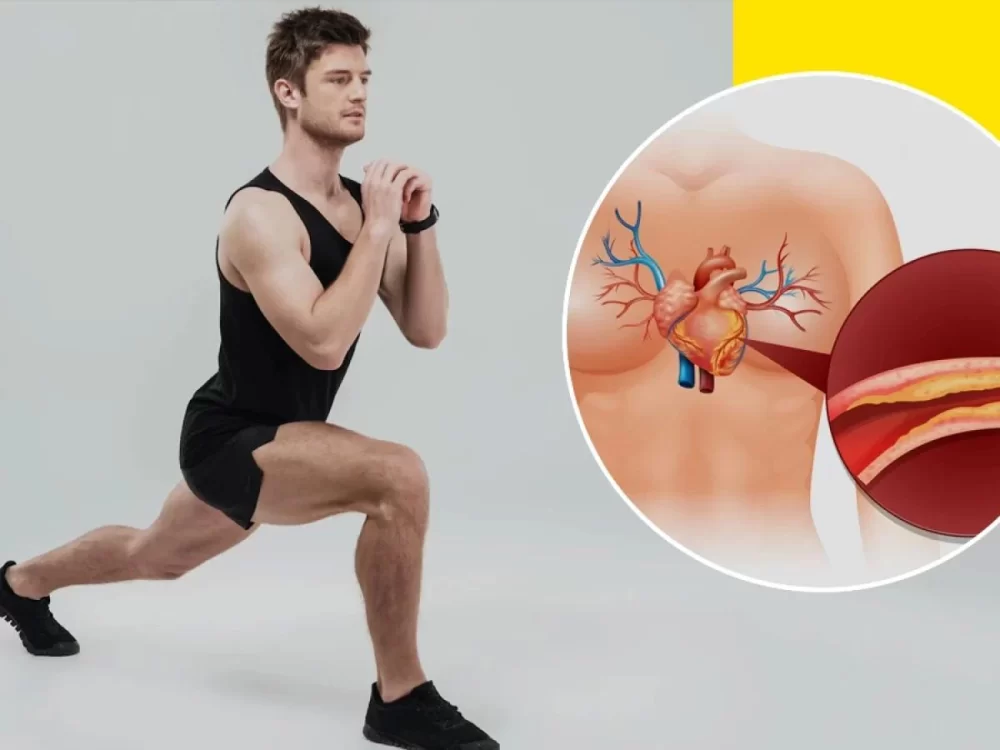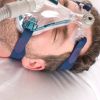The Role of Exercise in Preventing High Cholesterol
High cholesterol is a major risk factor for heart disease and stroke, affecting millions of Americans every year. While medication can help manage cholesterol levels, there is a growing body of evidence showing that regular exercise is one of the most effective ways to prevent and reduce high cholesterol. In this article, we will explore how physical activity can help lower cholesterol levels, improve heart health, and promote an overall healthier lifestyle.

Understanding Cholesterol and Its Impact on Health
Cholesterol is a fatty substance found in your blood, and while it’s necessary for building healthy cells, too much cholesterol can lead to serious health problems. Cholesterol is carried through the bloodstream by two types of lipoproteins: low-density lipoprotein (LDL), commonly known as "bad" cholesterol, and high-density lipoprotein (HDL), known as "good" cholesterol. Elevated levels of LDL cholesterol can cause plaque buildup in the arteries, leading to a condition known as atherosclerosis. This can increase the risk of heart disease and stroke.
On the other hand, HDL cholesterol helps remove excess cholesterol from the bloodstream and protects against heart disease. A healthy balance between LDL and HDL cholesterol is crucial for cardiovascular health. When lifestyle factors, such as poor diet or lack of exercise, contribute to high cholesterol levels, it can significantly increase the risk of heart-related conditions.
Cardiology Specialists Medical Group
399 e highland ave san bernardino ca 92404
399 E Highland Ave # 317, San Bernardino, CA 92404, USA

The Science Behind Exercise and Cholesterol
One of the most effective ways to improve cholesterol levels is through regular physical activity. Exercise can help raise HDL cholesterol, the "good" cholesterol, while also lowering LDL cholesterol and triglycerides. Research has shown that moderate-intensity exercise, such as walking, cycling, or swimming, can significantly reduce the risk of high cholesterol. Regular exercise increases the production of enzymes that help move LDL cholesterol from the blood to the liver, where it is processed and eliminated from the body.
Additionally, exercise has been shown to reduce triglyceride levels, another type of fat in the blood that can increase the risk of heart disease when levels are too high. By maintaining a consistent exercise routine, individuals can effectively manage their cholesterol levels and improve their overall cardiovascular health.
Types of Exercise That Help Lower Cholesterol
Not all exercises are created equal when it comes to managing cholesterol levels. However, certain types of physical activities have been shown to have the most beneficial effects on heart health. Here are some of the best exercises to incorporate into your routine for cholesterol management:
- Aerobic Exercise: Activities like jogging, brisk walking, cycling, and swimming are all excellent forms of aerobic exercise. These exercises increase heart rate and improve circulation, helping to raise HDL cholesterol levels and lower LDL cholesterol. Aim for at least 150 minutes of moderate aerobic activity each week, or 75 minutes of vigorous activity.
- Strength Training: Weightlifting and bodyweight exercises, such as squats and lunges, are important for building muscle mass. While strength training alone might not have as direct an effect on cholesterol as aerobic exercise, it can help improve overall metabolic health and support weight management, which in turn helps regulate cholesterol levels.
- High-Intensity Interval Training (HIIT): HIIT involves short bursts of intense exercise followed by brief rest periods. Studies have shown that HIIT can be particularly effective in lowering LDL cholesterol and improving cardiovascular health. This type of exercise can be done with activities like running, cycling, or even bodyweight exercises.
The Benefits of Regular Exercise for Heart Health
In addition to lowering cholesterol, regular exercise offers a wide range of other heart-healthy benefits. Here are some of the key advantages of staying active:
- Improved Blood Circulation: Exercise helps improve blood circulation, which ensures that oxygen and nutrients are efficiently delivered to the heart and other organs. This promotes better heart function and reduces the risk of blood clots.
- Weight Management: Physical activity helps burn calories and control body weight. Maintaining a healthy weight is crucial for managing cholesterol levels, as excess weight is often linked to higher levels of LDL cholesterol and triglycerides.
- Lower Blood Pressure: Regular exercise can help lower high blood pressure, another major risk factor for heart disease. By reducing blood pressure, exercise further protects the heart and arteries from damage.
- Increased Insulin Sensitivity: Exercise improves the body's ability to use insulin, which can help regulate blood sugar levels and reduce the risk of type 2 diabetes—a condition often linked to high cholesterol.
Real-Life Story: The Power of Exercise in Cholesterol Management
Meet Sarah, a 45-year-old woman who had been struggling with high cholesterol for years. Her doctor had recommended medication, but Sarah was determined to manage her cholesterol levels through lifestyle changes. She began a regular exercise routine that included daily walks, strength training twice a week, and occasional HIIT sessions. Within just a few months, Sarah’s cholesterol levels improved significantly. Her LDL cholesterol decreased, and her HDL cholesterol increased. Not only did she feel more energized and healthier overall, but her doctor was amazed at the positive changes in her bloodwork.
Sarah’s story is just one example of how regular exercise can help people manage high cholesterol naturally. With dedication and consistency, exercise can play a crucial role in maintaining healthy cholesterol levels and improving heart health.
Tips for Getting Started with Exercise
If you’re new to exercise or looking to improve your fitness routine, here are some helpful tips to get started:
- Start Slow: If you’re not used to regular physical activity, it’s important to start slowly. Begin with low-impact exercises, such as walking or swimming, and gradually increase the intensity and duration over time.
- Set Realistic Goals: Set achievable fitness goals, such as exercising for 30 minutes a day, five days a week. Tracking your progress can help keep you motivated and on track.
- Mix It Up: Vary your workouts to keep things interesting. Combine aerobic exercises with strength training and flexibility exercises to create a well-rounded fitness routine.
- Stay Consistent: Consistency is key when it comes to exercise. Make physical activity a regular part of your lifestyle to experience the long-term benefits for cholesterol management and heart health.
Conclusion: Exercise as a Key Strategy for Preventing High Cholesterol
Exercise plays a vital role in preventing and managing high cholesterol. By incorporating regular physical activity into your daily routine, you can lower your LDL cholesterol, raise your HDL cholesterol, and improve your heart health. Whether it’s through aerobic exercises, strength training, or high-intensity interval training, staying active is one of the most effective ways to prevent heart disease and maintain healthy cholesterol levels.
If you’re looking for personalized advice on how to improve your cholesterol levels, consider seeking guidance from a healthcare professional or fitness expert. Exercise, combined with a healthy diet, can help you take control of your health and reduce your risk of high cholesterol and cardiovascular disease.






















Atlantic Rehabilitation
atlantic health physical therapy
651 Willow Grove St, Hackettstown, NJ 07840, USA